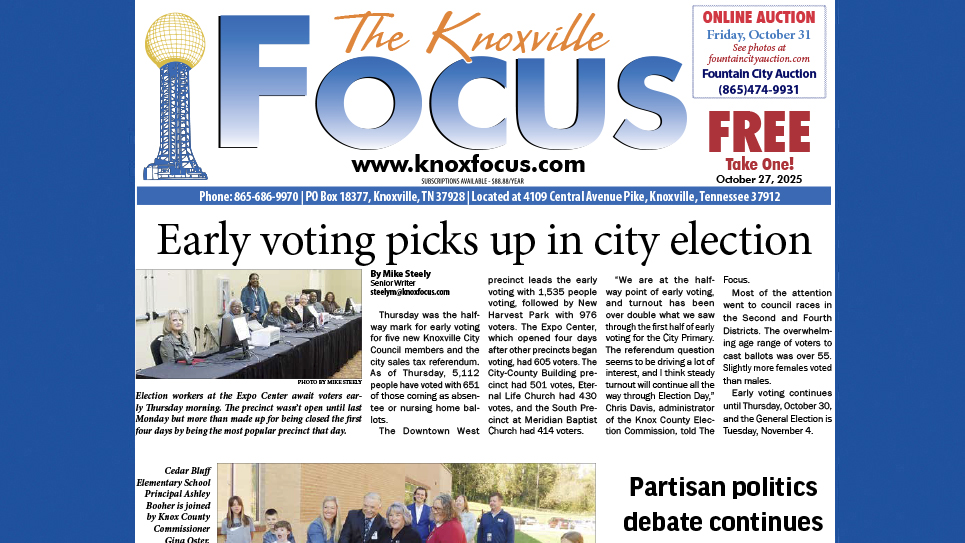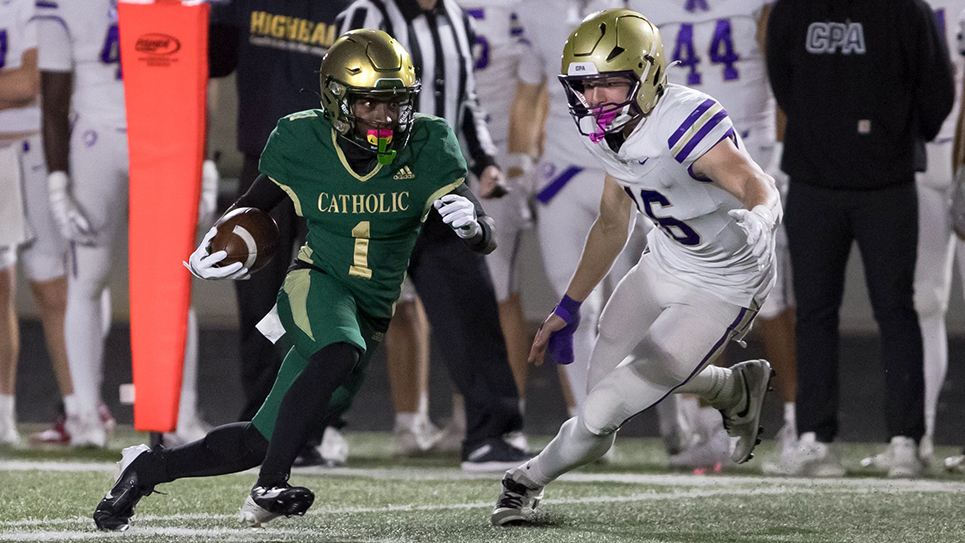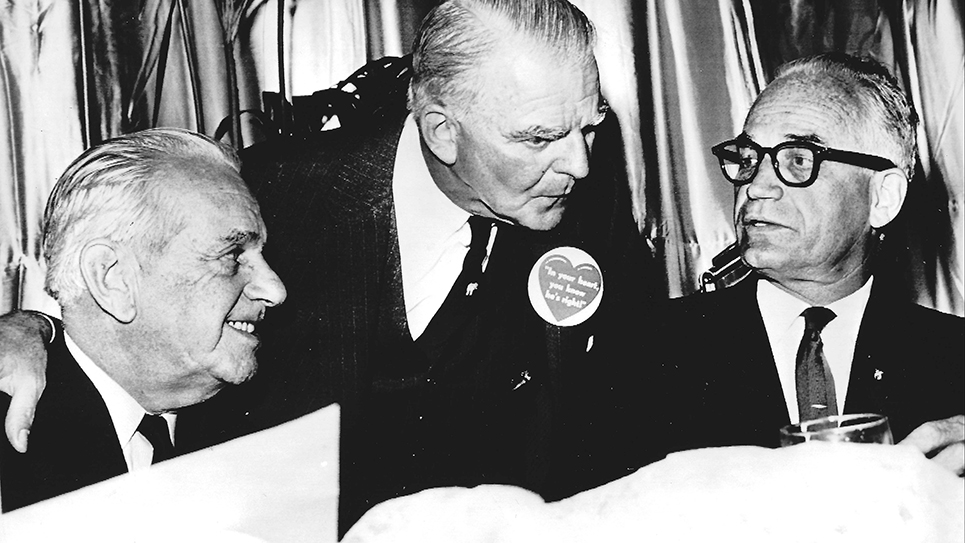By Tom Mattingly
In the wee hours of the morning after Tennessee had dispatched Arkansas in an exhausting six overtimes in October 2002, someone spoke up and said that the Vols’ 41-38 win was “better than a tie.” Haywood Harris a football purist above all else, looked up from his writing and asked, “What’s wrong with a tie?’’
That was a good question.
In 1996, the NCAA established an overtime period format, abolishing the tie as a valid end to a game.
It’s part of the lives of the members of the “quick fix generation,” who call their ISP when the Internet doesn’t boot up quickly enough, perhaps 20 seconds instead of 10. Time waits for no man.
There have been 53 ties in the history of Tennessee football some good and some bad. It all depends on your perspective.
There were 10 ties between 1900 and 1909, seven between 1910 and 1919, six between 1920 and 1929, five between 1930 and 1939, five between 1940 and 1949, four between 1950 and 1959, six between 1960 and 1969, three between 1970 and 1979, five between 1980 and 1989 and two in 1990.
There was the 1919 season, in which the Vols had the unique record of three wins, three losses and three ties. Not since have the Vols played three ties in one season. They came close in 1936 (6-2-2), 1960 (6-2-2), 1965 (8-1-2), 1974 (7-3-2), 1985 (9-1-2), and 1990 (9-2-2).
There were the “inspirational ties,” such as the 7-7 Georgia Tech game in 1955, the 3-3 stalemate in the 1964 LSU game, the 7-7 decision in the 1965 Alabama game, and the 17-17 deadlock in the 1968 Georgia game, when the Vols scored eight points after the final buzzer had sounded.
The ending of the 1965 Alabama game got both teams’ competitive juices flowing.
“Alabama tied us,” said Tennessee captain Hal Wantland, defiantly.
On the other side of Legion Field, when Bear Bryant got to the Tide dressing room after the game and found the door locked, he asked one of his security detail to shoot the lock off. When the officer refused, Bryant allegedly kicked the door off its hinges.
There was a memorable tie in the 1974 season opener against UCLA when Condredge Holloway was injured in the first half, made a trip to the hospital, and returned after halftime in dramatic fashion to save the Vols from almost certain defeat. The final score was 17-17.
There were the “dispiriting ties,” 13-13 against Auburn in 1965, 26-26 against UCLA in 1985, 20-20 against Auburn in 1987, and 26-26 at Auburn in 1990. John Majors (1987) and Pat Dye (1990) earned the enmity of their respective fan base by kicking for the tie late in the game instead of going for the two-point conversion.
There were tie games when all seemed to be lost, e.g., 13-13 against Oregon State in 1978 and 31-31 against Colorado in 1990, maybe even 6-6 against Georgia Tech in 1985.
Tennessee was grateful to have escaped Vanderbilt Stadium in 1974. Vanderbilt punter Barry Burton dropped a snap in the final minutes in the rain and cold, the Vols recovered, and found the presence of mind to score a touchdown and two-point conversion, not without considerable controversy.
Did Larry Seivers catch the final two-point conversion toss from Holloway? The official near the play raised both hands, and that seemed to settle the argument.
On the national scene, longtime fans will remember the “Tie One for the Gipper Game,” when Notre Dame and Michigan State squared off in East Lansing in 1966 with all the marbles on the line.
In a hotly-debated move, Ara Parseghian played for the tie at 10-10, got it, and won the national title to boot, despite the fact Alabama ended up 11-0 to the Fighting Irish’s 9-0-1. (Notre Dame didn’t play in bowl games in those long-ago days.) People still talk about it… even today.
The tie has been replaced by overtime, in college equal tries at the end zone from the 25 going in.
The pros do overtime, it is reasoned, so overtime is good enough for the college game.
Overtime as presently constituted is to college football what the designated hitter is to baseball, what deus ex machina was to Greek drama. It’s just another contrivance, designed to mess up an otherwise good game. If it ain’t broke, don’t fix it.
What was wrong with a tie?
Haywood Harris knew the answer. Nothing.






